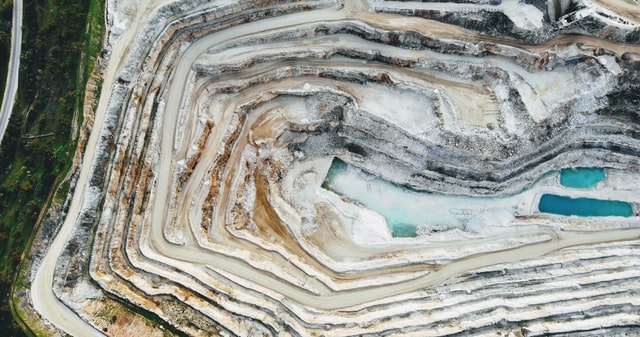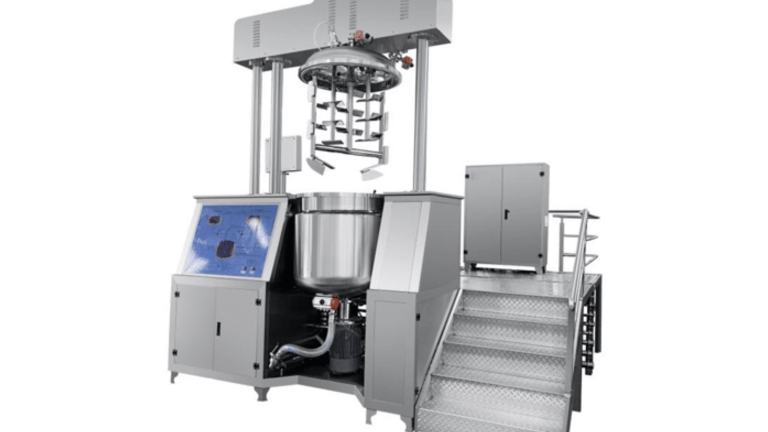Services from offshore well intervention companies entail the ability to securely penetrate a well with control to do several tasks besides drilling. Well intervention through rig-less techniques applies coiled tubing, wire line, and hydraulic work over services. The services do not need a conventional workover rig and can be done using downhole applications under pressure in live wells.
The selection of equipment and techniques for undertaking downhole operations determines the economic aspect of well-intervention services. Conventional work overusing a rotary table, derrick, and heavy machinery are suitable to undertake the well intervention. It is, however, expensive to mobilize an offshore rig: the operations required in support of the services are expensive too.
There are varying tools to deploy a platform well compared to subsea wells to solve flow issues for downhole applications. Subsea well intervention in water that is deep is more costly than dry well intervention services. This is due to the more daily charges of the vessels used for floating and equipment for the subsea system that needs access to the well. The choice of subsea systems and floating vessels is essential. Below are various types of well intervention operations:
Wire line
The operation comprises pulling and running equipment and tools for the well services. The process entails using a small diameter braided or solid, continuous length wire that is mounted on a powdered reel on the surface. The operation is undertaken in a well that is under pressure. The services are used for dumping cement, cleaning of wells, and perforating. Most of the units used for wire line equipment consist of a power supply, wire line reel, and equipment used in the connection.
Coiled tubing
The coiled tubing, also referred to as CT, involves the insertion of a flexible and continuous pipe made of steel to circulate fluids. The coiled tubing made of steel has strips of steel with high-strength seam welded and rolled. The tubing has a high thickness on the walls to increase the strength of the coiled tubing. This allows it to withstand extreme pressure, improving its ability to withstand the stress of cracking due to corrosion.
Hydraulic work over
The hydraulic workover can handle complex tasks that involve deep reservoirs with high pressure. The operations involved can use a pipe that has been tapered and can change the length of the pipe depending on the depth of the reservoir. The operations were costly compared to the coiled tubing services. Whether to use hydraulic work over depends on the needs of the particular application to be undertaken and the general economic considerations.
Traditional approach
The subsea systems have traditionally been a work over riser operation deemed rigid. The approach offers direct access equipment. The main aim of the workover riser is mainly to expand the well to allow operation at the full diameter and pressure rating for the completion of the downhole.
Well intervention involves several operations that act as a remedy in the production of wells to increase or restore production. The overall success rate and price of a PRT offshore well intervention depends greatly on the choice of tools and surface units.



